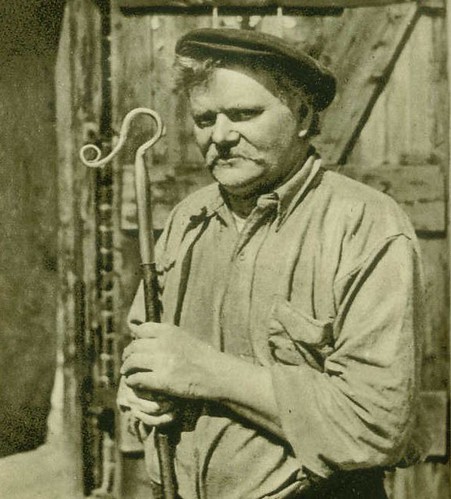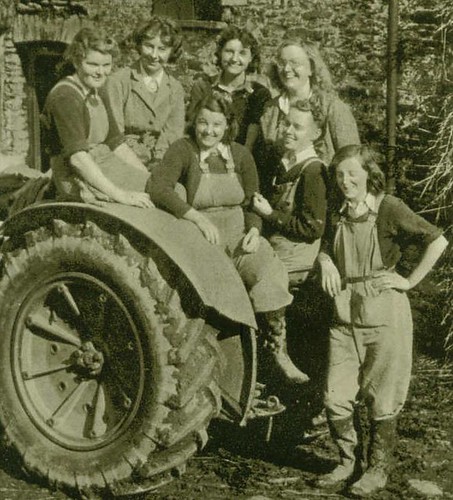Is human nature today the same as it was 50, or 500, or 5,000 or 50,000 years ago? What basic attributes do we share with our ancestors, and what is fundamentally different? (The last case is addressed by a brilliant book, The Mind in the Cave, on which I wrote here.)
Exposure to a variety of cultures around the world today has taught me that attitudes, ideas and thoughts that we think of as fundamental are often anything but - my belief in the essentiality of compassion was battered, for example, by casual Thai attitudes towards child prostitution. Yet reading Anthony Arthur's The Tailor-King, his account of the 16th-century takeover by Anabaptists of the city of Münster and its rapid descent into despotism and anarchy, I was struck by just how "modern" the events of 1534-5 felt.
The book was published in 1999 (by Thomas Dunne Books, New York), when the comparisons being made with Branch Davidians at Waco, the Heaven's Gate suicides, the Jim Jones tragedy in Guyana. Today, of course, it is tempting to add a further level of comparison with al-Qaeda and Osama bin Laden. Looking back, we go at least as far as the Zealots of Masada, and perhaps to the early Chinese and other tombs in which rulers were buried with large numbers of slain servants.
As in many modern cases of outbreaks of mass cult hysteria, one of the fundamental beliefs of the Anabaptists of Münster was that the end of the world was nigh, and they were the chosen people who would carry on in a heavenly state, while all others were condemned to some form of hell:
"Insofar as Matthias had a coherent ideology, it consisted of destruction to achieve salvation: "We preach the separation of the world. The state is to be used to destroy the state." He demanded a theocracy devoted to the worship of God the Father, the jealous and demanding and wrathful Father, no his meek and mild and loving Son. He railed against Satan, who spread himself outward like the limbs of a great oak tree, against the wicked idols of Moloch, against unbelievers in the saddle, against false Christs and false prophets. And he spoke fervently of the New Zion in Münster, where only the newly baptized could expect forgiveness from the Lord All others would be executed or expelled into the outer darkness." (p. 38-9)
Once the radicals had taken over, they first encouraged, then compelled, the "non-believers" to leave, at first allowing them to take their belongings with them, later forcing them to leave everything of value behind - much like many an incident of "ethnic cleansing" today. Many, however, tried to stay in the only home they'd ever known.
What is surprising and atypical about Münster, Arthur says, is that it had two successive leaders. The above-discussed Matthias, an old man, effectively committed suicide, in riding out with a party of only a dozen to take on the entire besieging army, only to be cut down by a crack force of 500 horsemen. The whole city watched.
Drawing on the Weberian concept of charismatic leadership, Arthur says this should have been the end of the city's rebellion and the Anabaptists, at least in Münster. But another scheming, charismatic, even brilliant, and young, man stepped in Jan vann Leyden (earlier Jan Bockelson)appeared before the crowd to report that even before the disastrous mission, he had been told by God in a vision that Mattias must die, and he must marry the former leader's widow (and thus implicitly take over). He even produced a senior man as a "witness" to his vision.
Arthur says:
"It says much about this strange young man's personality and character that he could so effectively turn his mentor's disaster into his own triumph. Of all the qualities that the preceding episode reveals about Jan van Leyden - ingenuity, imagination, timing - the one that stands out most is his intuitive mastery of what would later, in our own century, be called the technique of the big lie. Told with sincerity to a people anxious for reassurance, deriving from some source beyond and greater than its speaker, the big lie is so outrageously improbable that no one could possibly make it up. Therefore, it must be true." (p. 73)
And once this was swallowed, much could follow. Polygamy and divorce were declared legal - Jan ending up unsurprisingly with the largest "harem", of 16 wives. One of these, however, rebelled, only to be publicly beheaded in the cathedral square, the other wives dancing around her body. Such arbitrary public execution became commonplace, the city descending into a state of rampant anarchy. Yet what was surprising in all of this its effective defence against the besiegers admittedly badly led, but nonetheless professional soldiers, lined up against Münster's motley collection of townsfolk and peasants.
Arthur provides a straightforward account of the events of Münster, solidly based on original documents. He doesn't really, however, seem to have a great deal to say about them at the analytical level. His interest in the takeover of leadership by van Leyden seems to exhaust his exploration of the question "why?" Nonetheless, if you want to answer the question "what happened in Münster", this book will do the job, in a pleasantly readable form.
And what did happen in the end? Of course the besiegers took the city, and the frustrated mercenaries ran riot through it, pillaging, raping, killing, although the more important Anabaptist leaders were taken alive, including Jan van Leyden. The women who survived the slaughter were given the chance to recant their Anabaptist beliefs and go free, but some chose to die for their beliefs. Jan, retaining a oddly detached cheerfulness almost until the end, was executed by having his flesh torn off with hot pincers for an hour, before a dagger to the heart finally ended the spectacle. The
cage in which his body was displayed thereafter can still be seen in Münster.
****
If you're looking for a more general, fictional, view of this period of religious turmoil in Europe, I'd recommend Marguerite Yourcenar's brilliant novel
The Abyss.
HistoryBooks











